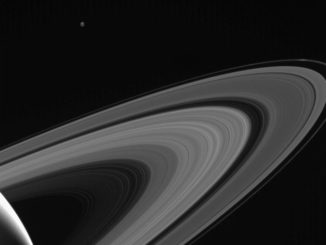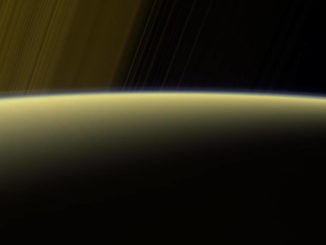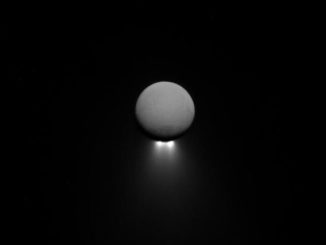
Saturn

Picture This

News

News

News

Picture This

News

News

Observing
See the International Space Station, Moon and Saturn in the UK sky tonight
The serene beauty of the International Space Station sailing silently overhead needs nothing more than the naked eye to appreciate. But when the dazzling ISS is also in conjunction with a pair of prominent Solar System bodies — such at the Moon and Saturn on the night of 2 August 2017 in the UK — you may wish to grab your binoculars and look low in the south-southwest just before 11:20pm BST.

Picture This

Picture This
